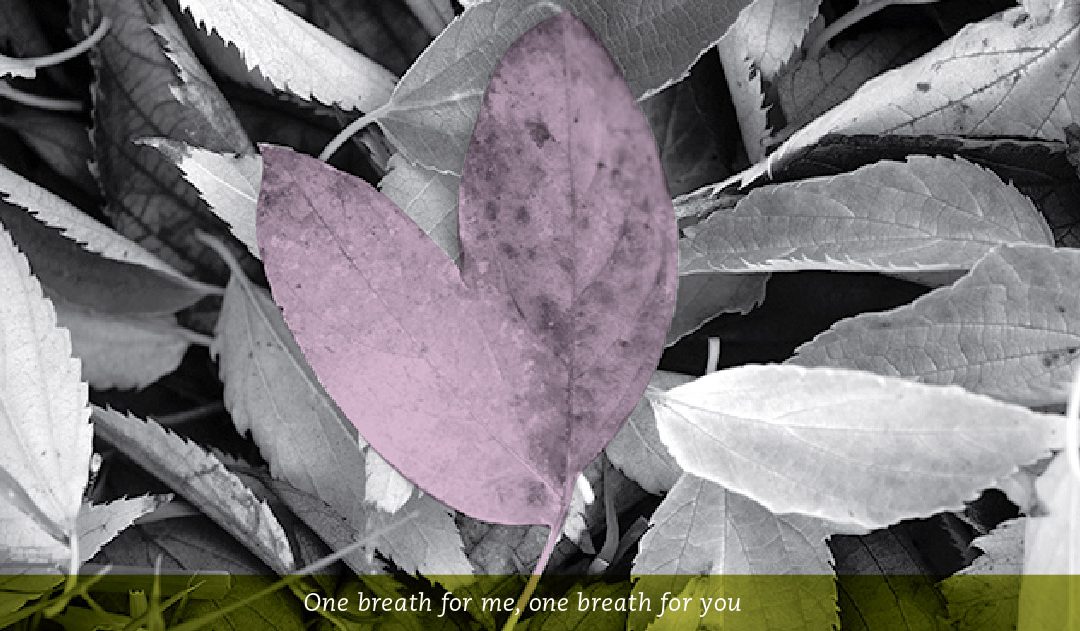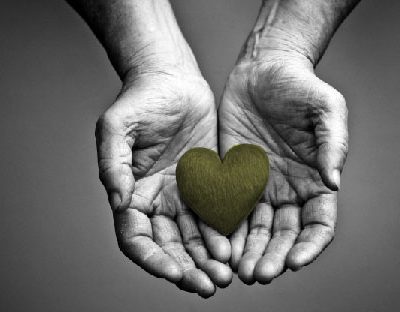Self-Compassion Break is a fundamental practice taught in the Mindful Self-Compassion Training. It can be used in any difficult situation or to deal with challenging emotions such as shame.
Please settle into a comfortable position and close your eyes.
- Think of an event in your life – past or present – that makes you feel embarrassed or mildly ashamed, about a “3” on a scale from 1-10. For example:
- The stress of the pandemic is getting to you and you feel like a weak person
- You feel ashamed that you have not returned a friend’s call for over one year now.
- You don’t have enough money to do some things with your friends, such as going to dinner.
- You are getting a divorce and think it reflects badly on you
- Let it be an event that you would prefer not to share with others because you imagine that they would think less of you.”
- And if you go from 3 to 10 on the intensity scale during the exercise, please go ahead and disengage from the instructions.
Mindfulness
- “Please allow yourself to drop into the situation and to recall how it feels, or remember how you felt at the time. (Pause) Notice how embarrassment or shame feels in your body.”
- “Try labeling the experience for yourself in a gentle and kind way—“Shame…this is how shame feels.”
- “Now, seeing if you can discover where you feel shame the most in your body.” (Pause)
- “Allowing your experience to be as it is, perhaps making just a little more room than usual for the experience of shame in your body.”
Common Humanity
- “Knowing that what you are experiencing now is part of the human experience. Everyone feels shame, and anyone would probably feel as you did in the same situation.”
- “You might also be feeling isolated and alone at this moment—that’s the nature of shame—but what you are experiencing right now is similar to everyone else in the room. Shame is a universal emotion.”
- “And please consider for a moment that you only feel like this because you, like everyone else on the planet, just want to be loved. Or to be appreciated, to belong—whatever word fits for you. Shame happens because we want so much to be loved and appreciated by others.”
- “Can you connect with that wish beneath the experience of shame? Can you give yourself permission to do so?” (Pause)
Self-Kindness
- “Now let’s see if we can respond to shame in a new way. Can you give yourself some kindness simply because you’re having a moment of shame?”
- “If you like, remember what worked for you during the Compassionate U-Turn.”
- Perhaps imaging those compassionate eyes, that you had in mind a short while ago, gazing at you in the midst of your shame.” (pause)
- “Or if you like, go ahead and place a hand on the part of your body that feels shame the most. (Pause) Perhaps sending kindness through your fingers into that part of your body that is holding shame for you, or gently rubbing that part of your body.” (Pause)
- “Or imagine a dear friend who found themselves in the same embarrassing situation as you. What would you say to comfort or support your friend?” (Pause)
“Can you say the same words to yourself? Can you whisper the same words into your own ear?” (Pause)
- “Now, let’s begin to release the practice, allowing the practice to settle (Pause), and when you’re ready, to slowly open your eyes.”






